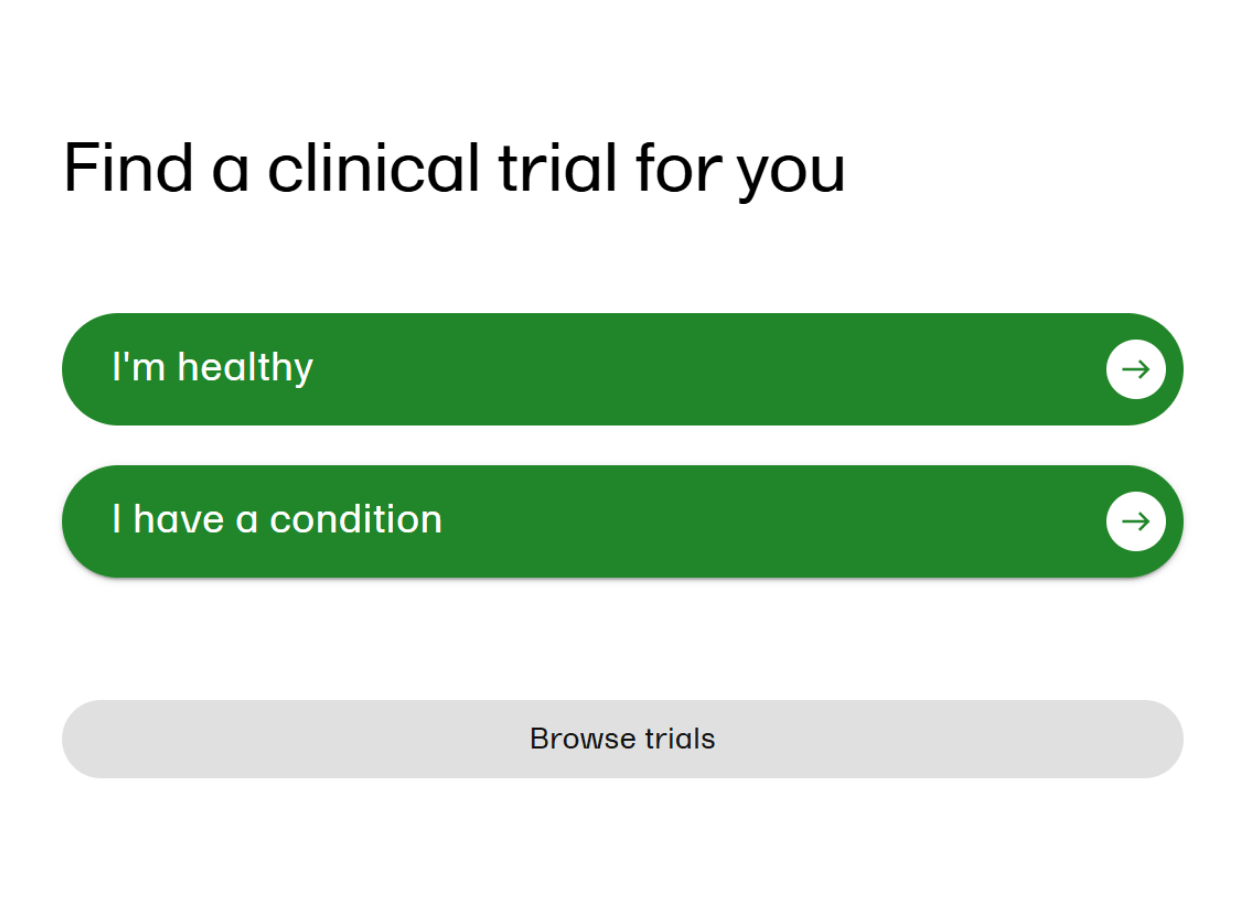Clinical trials generate a constant stream of data. For years, this meant stacks of paper, manual entry, and slow progress. But that’s changed. Electronic data capture (EDC) systems provide a more precise and efficient way to collect, manage, and monitor clinical trial data.
What is electronic data capture (EDC)?
EDC software replaces paper-based forms in clinical research. But the real value of EDC goes far beyond digitization. It reshapes how trials operate, improving data quality, accelerating timelines, and enhancing the experience for everyone involved.
EDC systems support real-time data validation, centralized monitoring, and streamlined workflows.
They are typically used to ensure data is:
- Clean
- Complete
- Compliant with regulatory standards.
Benefits of electronic data capture
- Improved data quality and accuracy
- Accelerated study timelines
- Enhanced regulatory compliance
- Significant cost reductions
- Improved patient experience and retention
- Better visibility and oversight
- Integration capabilities and data interoperability
- Streamlined multi-site trial management
1. Improved data quality and accuracy
EDC platforms help eliminate many of the small errors that can lead to major issues later. With real-time validation, it’s easy to review data the second someone enters it. So, you can see typos, out-of-range values, and inconsistencies before they become a problem.
Standardized forms ensure every test site, no matter where it is in the world, collects data in the same way. This reduces variability and makes datasets cleaner and easier to compare. And because site staff enter data directly into the system, there's no need to transcribe from paper – removing a common source of error.
Built-in edit checks and automated logic reviews further improve accuracy by ensuring entries follow the rules set for the study. Together, these features create cleaner data, faster.
2. Accelerated study timelines
EDC reduces delays associated with printing forms, mailing documents, manual data entry, and late error resolution.
As data is available for review as soon as it’s entered, sponsors and monitors can track progress in real time. Automated query management accelerates communication between sites and data reviewers, reducing back-and-forth.
All of this leads to shorter timelines – from patient enrollment to database lock – allowing your research teams to complete trials and bring findings to market faster.
3. Enhanced regulatory compliance
Meeting regulatory requirements is a fundamental part of clinical trials, and EDC makes it easier. Every data entry and edit is logged with a time-stamped audit trail, creating a transparent record of who changed what and when.
Built-in encryption and role-based access protects data, ensuring only authorized users can view or update information. Leading EDC platforms also offer features designed to comply with key regulations, such as 21 CFR Part 11, helping trial sponsors stay on the right side of regulatory bodies.
Preparing for regulatory submission is also more efficient with EDC.
4. Significant cost reductions
EDC systems reduce trial costs in several ways:
- Remote access means site monitors don’t need to travel as often, saving money on monitoring visits.
- Ensuring data is the highest quality at point of entry reduces the time and resources needed for data cleansing.
- Moving away from paper trials eliminates storage, shipping, and printing expenses.
Over the lifecycle of a study, these savings can be substantial – especially in large, multi-site trials.
5. Improved patient experience and retention
EDC systems reduce the administrative load during patient visits. Instead of spending time filling out multiple forms, patients and staff can focus more on the interaction itself.
EDC also supports decentralized and hybrid trial models, where patients report outcomes using devices they’re already familiar with. This is known as electronic patient reported outcomes software (ePRO). ePRO software makes it easier to keep people enrolled and engaged throughout the study.
6. Better visibility and oversight
Sponsors and CROs don’t have to wait for site reports to understand how a study is progressing. Dashboards offer real-time access to metrics like enrollment rates, data completeness, and site performance.
Centralized monitoring allows teams to spot issues before they become costly problems. Trends and data outliers are visible sooner, enabling quicker decisions and tighter control over trial quality.
7. Integration capabilities and data interoperability
Modern trials use a range of systems, such as clinical trial supply management software, healthcare-specific eSignature software, and eTMF clinical trial software. EDC platforms connect with these tools for a unified workflow, ensuring that information flows freely between teams, systems, and stakeholders.
Standardized data formats also make integration and sharing simpler, which improves efficiency across departments and reduces the risk of data duplication or silos.
8. Streamlined multi-site trial management
Managing multi-site studies is complex, especially when sites span different countries or time zones. With EDC, you can collect data consistently across all locations.
Training is also easier, with standardized procedures built directly into the system. You can share information instantly between sites and sponsors, preventing delays and keeping teams aligned.
Why the benefits of electronic data capture matter
Electronic data capture delivers measurable advantages at every stage of clinical trials. It improves the quality and consistency of data, reduces delays, and makes it easier to meet regulatory standards. The result? Studies that are more efficient, more transparent, and easier to manage.




